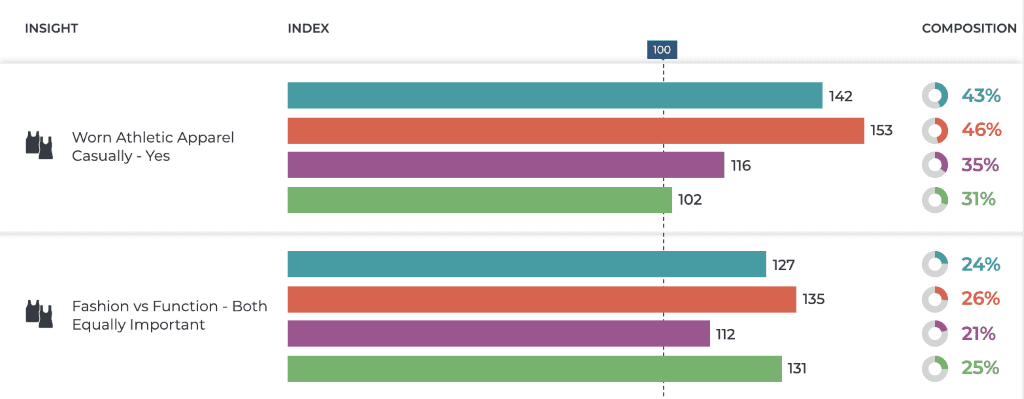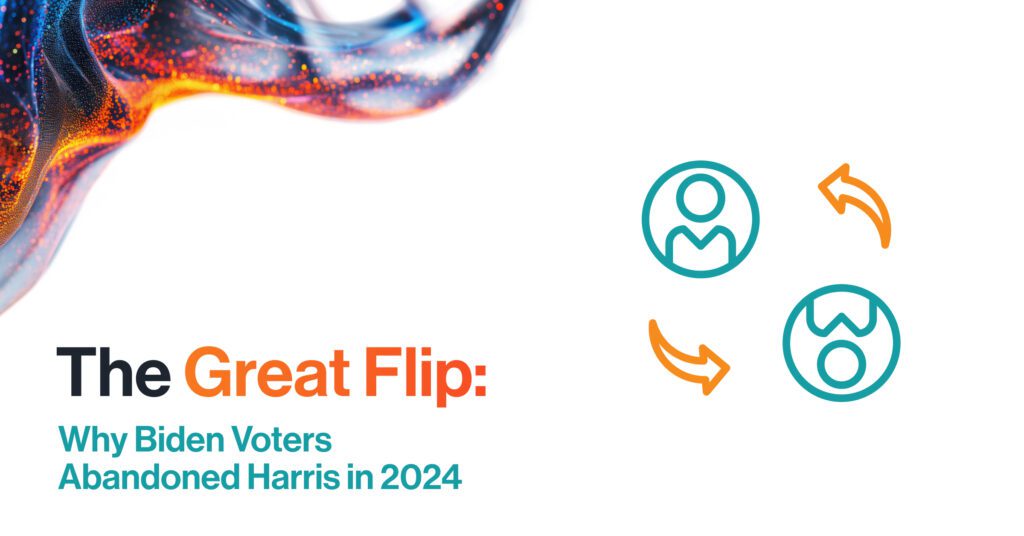Back-to-school. It’s the season that brings back memories of fresh new jeans, crisp, unmarked notebook pages and a backpack that had yet to see a pen stain. Each year, a new world waited for you in the classroom, rich with opportunities for friends and scholastic success.
But, what does that look like in the new normal? How are students from Kindergarten all the way through graduate school adapting to the reality of learning online? Would they want to go back into the classroom if it was a possibility?
We looked at the data for 4 different student and parent groups to examine their readiness to reopen during the coronavirus pandemic: current Gen Z students, current Millennial students, Millennial and Gen X parents of elementary and middle school students, Millennial and Gen X parents of high school students.
Back-to-School and Student-Parent Readiness to Reopen
When we think about going back to school, we likely mean putting students in a situation where they’re surrounded by dozens, if not hundreds, of others on a daily basis. Whether they’re a college or graduate student in a lecture hall, a high schooler in a hallway or a young child in their homeroom classroom, contact –– and socialization –– is inevitable.
Looking at these student-parent groups and analyzing their anxiety around coronavirus, as well as their readiness to open, gives us a window into their comfort level around returning to back-to-school during a pandemic.
While three-quarters of all Americans currently fall into the Reopen Resistant category, meaning they’re comfortable doing few in-person activities, these numbers aren’t consistent among all groups.
Gen Z students are turquoise; Millennial students are red; Millennial and Gen X parents with elementary and middle school-age students are purple; Millennial and Gen X parents with high school students are green

Gen Z students over 18, presumably traditional undergraduate students, are 30% more likely to be social distancing to a small extent and considerably more optimistic, at 34% total, to believe the U.S. economy will return to normal by Winter 2020 –– an interesting juxtaposition with the fact they’re 23% more likely to fall into the Reopen Reluctant category. This group is also 48% more likely to say they will be comfortable returning to crowded activities with hundreds of people if everyone is wearing a mask and 52% more likely to say they’d feel comfortable once they see/hear about others going. These numbers bode well for universities looking to reopen in-person classes in Fall 2020. The key factor here may not be getting students on campus but putting in place measures to stress the importance of limiting spread once they do arrive.
Millennial students, possibly graduate students or non-traditional undergraduate students, are a more cautious group and are 20% more likely to be quarantining at home to a large extent. They are 44% more likely to be continuing education in-person and 40% more likely to have a spouse continuing education in-person. This group is 37% more likely to say they’d feel comfortable going to a crowded activity with hundreds of people if everyone is wearing masks/gloves, 29% more likely to say they’d feel comfortable when the rate of deaths/infections significantly decrease and 29% more likely to feel comfortable if there are forced social distancing. This group was initially hopeful, with 33% expecting the U.S. economy to return to normal sometime in Summer 2020 –– we’re counting down the weeks on that estimate. If these are your target students, emphasize the precautions you’re putting into place and give them a sense of security as they step foot back in the classroom. Additionally, this group is 40% more likely to be continuing education online, so beefing up online learning systems is much appreciated by this group.
Millennial and Gen X parents are 12-13% more likely to be comfortable around hundreds of people already and those with high school students are 22% more likely to be social distancing to a small extent. With children comes playdates, sports events and trying to keep everyone sane under one roof. Fact: approx. 40% of these groups are working from home to a large extent and approx. 32% are working from home to a moderate extent…while also parenting. Any anxiety around reopening this group may have could be negated by the need to maintain some sense of normalcy for themselves and their children, hence why these groups are approx. 15% more likely to fall into the Reopen Rushers category. Similar to Gen Z students, the key here may not be actually considering them to return to school, but simply reassuring them precautions are in place.
Retail and the Back-to-School Rush in a New Normal
“We are planning for a longer back-to-school season that will stretch until October to capture the seasonality change into fall,” said Old Navy’s senior VP and CMO Jamie Gersch in AdAge.
What exactly is Back-to-School shopping when students are looking at online learning, staggered start dates and a lot of TBD? The reality is, this may be the back-to-school season that stretches long past the usual Labor Day start –– and that’s a boon for retailers trying to figure out in real-time what students and parents need in the great unknown of the new normal.
Online shopping will likely be a key factor in back-to-school retail this year as more consumers look to avoid physical stores and approx. 75% of each student-parent group looks to price as their primary shopping influence, while 60% of each group is also a member of Amazon Prime.
Gen Z students are 27% more likely to avoid physical stores to a large extent, which isn’t difficult to do given they’re also 63% more likely to cite chain familiarity as a shopping factor. They’re 26% more likely to buy online and return in-store, so how can you make that process easier for them? Curbside services could go a long way to build loyalty with these online shoppers.
Millennial students are 26% more likely to look to independently owned/local shops, which could be why they’re also 39% more likely to only avoid physical stores to a small extent. If you offer a safe in-store shopping experience with adequate precautions, this could be your target group.
For those with elementary and middle school students, they are 76% more likely to look for products that are family-friendly and they often shop in-store but buy online, while also comparing prices via mobile while shopping online. Those with high school students are 33% more likely to look for family-friendly products and also compare prices on mobile while browsing in-store. They’re also 11% more likely to be avoiding physical stores to a small extent. For these two groups with students, convenience is key. Those with elementary and middle school kids are 35% more likely to have shopped online at Target in the past 3 months –– and they’re 102% more likely to spend between $301 and $500 on apparel in the next 30 days. If you’re looking for the classic back-to-school shopper who spends their back-to-school budget in one fell swoop, this is it. And, they’re most likely to shop at Marshall’s, TJ Maxx, Kohls and Burlington Coat Factory.
Across the board, however, it’s the big box stores that could win big with back-to-school shoppers during the pandemic. A majority of each group shops with major brands including Walmart, Amazon and Target.
Gen Z students are turquoise; Millennial students are red; Millennial and Gen X parents with elementary and middle school-age students are purple; Millennial and Gen X parents with high school students are green

Lastly, we’ll leave you on a comfy note. Athleisure has been the real winner of quarantine and these groups are embracing the trend, while also saying fashion and function are equally important. If you’re in the business of creating stretchy athletic apparel that doubles as stylish everyday wear, this is your back-to-school season to capture students and parents alike.

Ready to get started? Request a demo or contact us or by phone at 855-855-4320.



